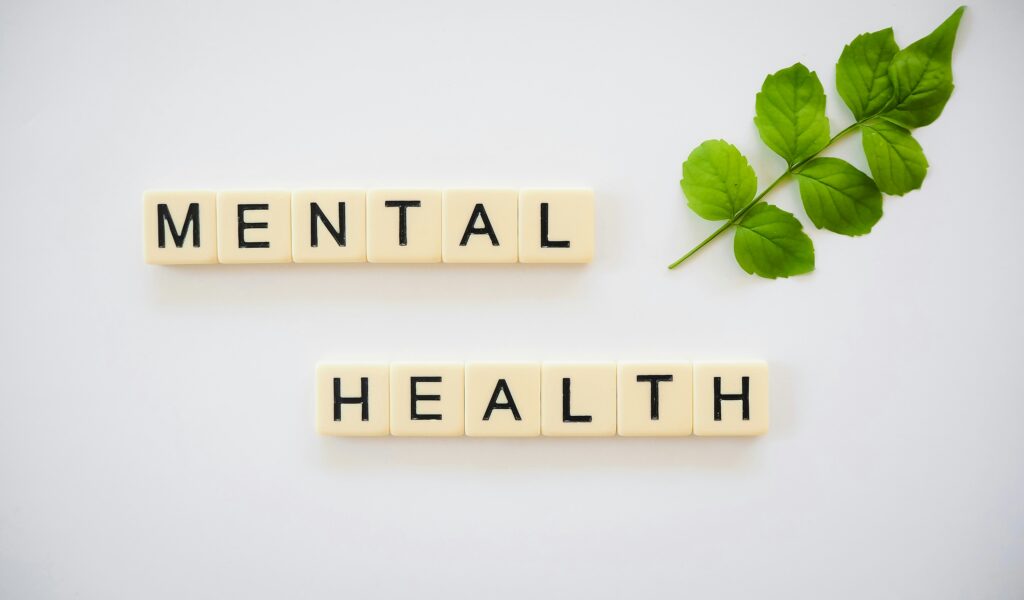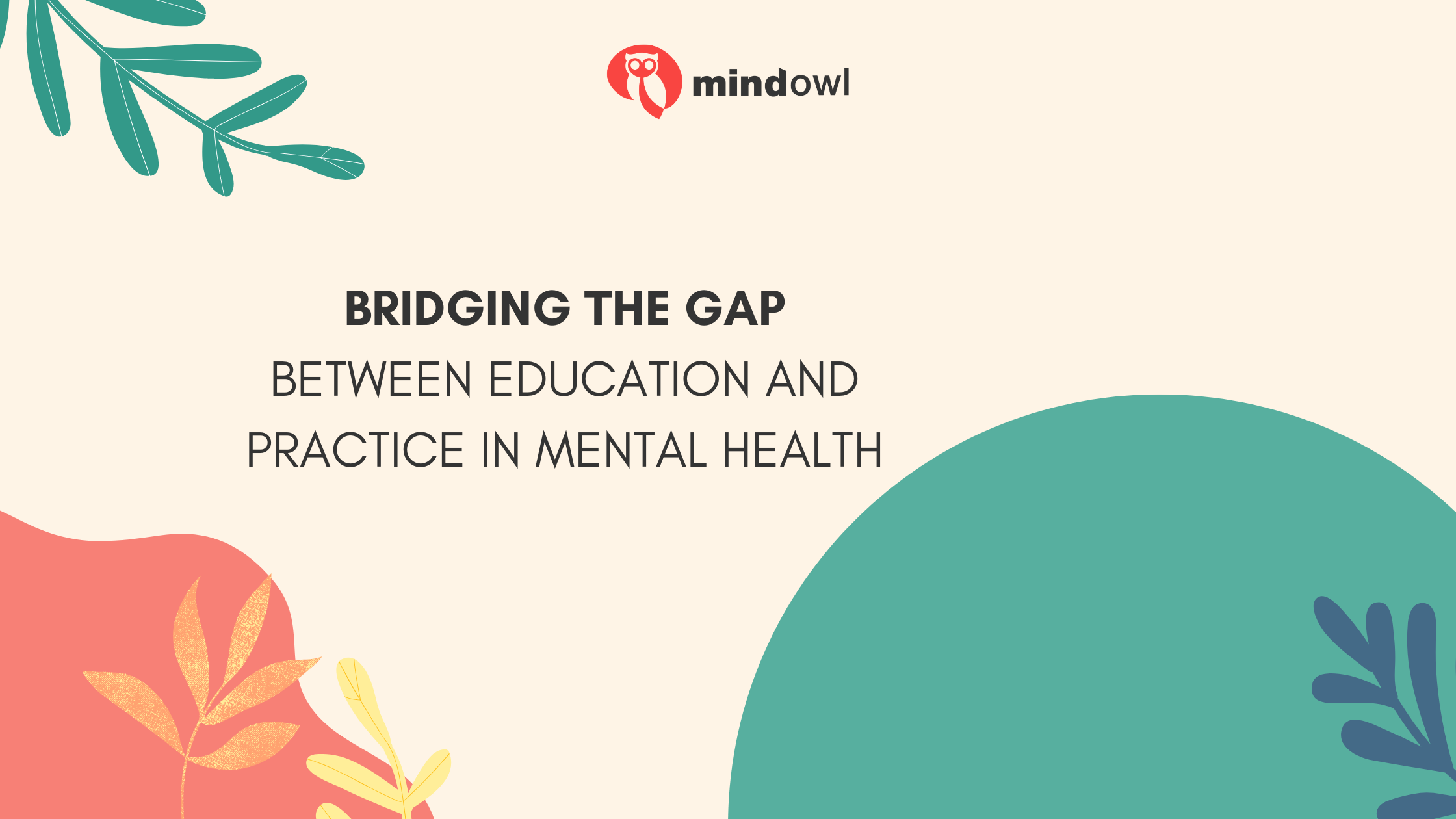Why Education Alone Doesn’t Prepare Students
Today’s mental health education introduces students to rich theoretical frameworks, clinical practice guidelines, and evidence-based interventions. They review literature on major mental disorders, study contextual factors like age and community, and analyze case studies designed to build a foundation for practice.
Yet once students enter clinical practice, the gap becomes clear. Classroom knowledge alone rarely prepares them for patients balancing depression with substance use, or communities facing limited resources and stigma.
The main reasons for this mismatch include:
- Limited placements: Many training programs lack enough diverse clinical practice opportunities, leaving students with uneven exposure to mental health conditions.
- Complexity of real patients: Mental illness often involves overlapping health issues, requiring nuanced assessment and management strategies.
- Documentation demands: Healthcare professionals must navigate electronic records, billing, and follow-up processes that are rarely emphasized in class.
- Stigma and negative attitudes: Despite growing awareness, cultural and social barriers remain a challenge for both patients and providers.
- Rapidly evolving models. Telepsychiatry, integrated behavioral health programs, and community-based care demand flexibility that static lectures don’t teach.
Without stronger integration between education and practice, students may graduate unprepared to meet rising mental health needs.

What Practice-Ready Providers Look Like
Closing the education–practice gap begins by defining readiness. Future health professionals—from physicians and nurses to occupational therapy and social work students—should leave training with clear, practical competencies.
Key elements of readiness include:
- Assessment skills: The ability to apply case studies, perform structured interviews, and identify risk in real patients.
- Evidence-based care: Familiarity with available evidence and practice guidelines for common mental health conditions.
- Balanced treatment: Skill in combining pharmacological treatment with therapy and lifestyle strategies.
- Crisis intervention: Competence in suicide prevention, safety planning, and rapid response.
- Cultural humility: Sensitivity to contextual factors like social support, stigma, or developmental stage.
- Collaboration: Effective teamwork with healthcare professionals across nursing, medicine, social work, and allied health.
- Documentation: Clear records that ensure continuity, track outcomes, and support follow-up.
Graduates with these abilities are better equipped to deliver quality care provided to diverse populations facing complex mental health challenges.
Four Core Strategies to Bridge the Gap
1. Aligning Education with Clinical Practice
Curricula must mirror the environments where care is delivered. This means:
- Embedding case studies that reflect real-world mental health issues and comorbidities.
- Using simulations to rehearse crisis response, diagnostic reasoning, and therapy strategies.
- Teaching assessment tools like PHQ-9 or GAD-7 as essential metrics alongside vital signs.
- Requiring documentation practice that reflects what professionals actually use in hospitals and community settings.
When mental health education integrates these strategies, students transition more smoothly into practice.
2. Strengthening Clinical Placements
Hands-on training is where knowledge transforms into skill. Unfortunately, placements remain a bottleneck. Students often describe anxiety, delays, and frustration when finding NP preceptors or clinical sites willing to accept them.
Barriers include:
- Overloaded preceptors managing heavy caseloads.
- Rural and underserved communities with too few providers.
- Growing competition from medical students, NP programs, and other trainees.
Solutions include:
- Starting placement searches early and treating them like professional networking.
- Accepting telehealth and hybrid opportunities, now validated in mental and behavioral health education.
- Leveraging structured placement services that guarantee vetted sites.
- Building relationships through professionalism, flexibility, and readiness to learn.
With stronger placements, students practice applying practice guidelines in real time, refining both clinical judgment and communication skills.
3. Equipping Students with Transferable Tools
Every new professional benefits from a toolkit that adapts across settings. Effective training programs prepare students with:
- Assessment checklists for common mental health disorders and contextual considerations.
- Therapeutic micro-skills from CBT, DBT, or motivational interviewing that can be used in short visits.
- Medication quick guides for pharmacological treatment of depression, anxiety, or bipolar disorder.
- Documentation templates that ensure accurate, concise notes.
Technology should be part of this toolkit. Telepsychiatry, electronic records, and digital therapeutic apps require training in digital etiquette, risk management, and engagement strategies to ensure effective use. These tools help providers adapt to the changing landscape of mental health care.
4. Building Supportive Cultures and Continuing Education
Even the strongest training programs can’t prepare students for every scenario. That’s why culture and continuing education matter.
- Mentorship: Experienced preceptors and colleagues play a crucial role in guiding development.
- Reflective practice: Structured debriefs and case reviews help students process complex cases and prevent burnout.
- Ongoing learning: Providers must keep up with new research, updated practice guidelines, and emerging interventions.
- Well-being: Prioritizing the mental health of students and professionals alike is essential for sustainable careers.
This culture ensures that training doesn’t end at graduation but evolves with practice and new available evidence.

PMHNPs: Leading the Future of Behavioral Health
Among emerging providers, psychiatric-mental health nurse practitioners (PMHNPs) are critical to closing access gaps. They diagnose, prescribe, and deliver therapy, serving as a bridge between nursing and psychiatry.
PMHNP specialties include:
- Child and adolescent psychiatry: Early interventions that prevent lifelong challenges.
- Geriatric psychiatry: Addressing depression, dementia, and end-of-life health issues.
- Addiction psychiatry: Guiding patients with alcohol use disorder or dual diagnoses through recovery.
Yet these same students often face the steepest barriers to clinical placements. Highlighting the growing need for psychiatric mental health providers underscores the urgency: without enough training opportunities, the shortage of providers will only worsen.
By improving placements and mentorship, programs prepare PMHNPs to play their essential role in expanding access to mental health care.
Practical Steps for Students, Educators, and Systems
For Students
- Start placement outreach early, track progress like a case plan.
- Pursue continuing education to expand beyond program basics.
- Use organizational tools—planners, digital apps—to balance classes, clinical hours, and personal life.
- Prioritize personal well being to sustain energy for patients and practice.
For Educators
- Align training programs with real-world clinical practice expectations.
- Incentivize preceptors with recognition, CME, or faculty appointments.
- Integrate stigma reduction and contextual awareness into all coursework.
For Health Systems
- Expand integrated behavioral health models in primary care.
- Invest in telehealth infrastructure to widen placement opportunities.
- Develop funding streams to reward mentorship and supervision.
- Create interprofessional training that brings nursing, medicine, and social work together (and learn about the top challenges nurse practitioners face and how to overcome them).
The Future of Mental Health Education
The pathway from classroom to practice can become seamless. When curricula align with practice guidelines, when placements are accessible, and when mentorship is strong, students graduate with skills to serve.
The outcomes are clear:
- Better access: More providers available in hospitals, clinics, and communities.
- Higher quality: Care informed by research and the best available evidence.
- Reduced stigma: Educational strategies that normalize mental illness and encourage help-seeking.
- Sustainable practice: Professionals equipped for both patient care and their own well being.
Conclusion
The demand for mental health professionals is rising faster than the supply. Bridging the gap between mental health education and clinical practice is not just about academic excellence—it’s about ensuring patients receive compassionate, effective treatment.
By redesigning curricula, strengthening placements, and supporting mentorship, we can prepare students to meet the mental health challenges of today and tomorrow. The result is a workforce ready to lead, heal, and innovate—improving care for individuals, families, and entire communities.
Our own struggles in life have led us to this path of understanding the human condition. United by a shared curiosity for the mind and what it means to be human, we’ve each walked a journey shaped by personal challenges and a deep interest in helping others grow. Over the last eight years, our work has centred on exploring how meditative practices meet modern approaches to psychological wellbeing.

